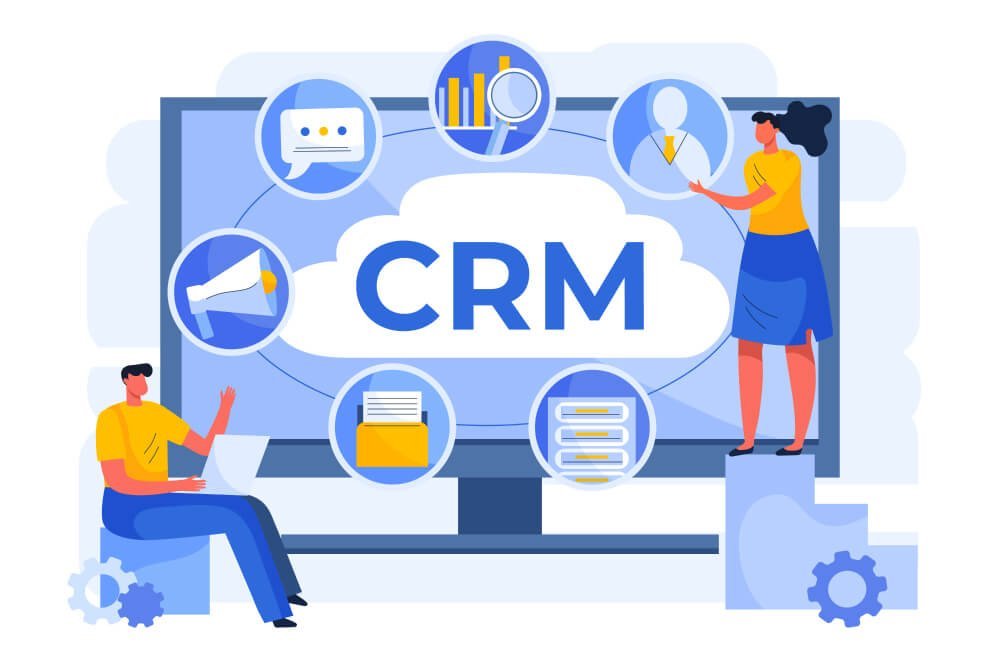
Digital Marketing
Learn how to align your digital marketing strategy with business goals—drive growth, boost ROI, and achieve long-term success.
Learn how to engage with your audience on social media, learn from customers, and reach out to them in various
Digital direct marketing can be broken down into three main forms: email, SMS, and social media. Let’s check out the
The pandemic has permanently changed the way businesses approach digital marketing. Learn about the fundamental changes and what qualities to



